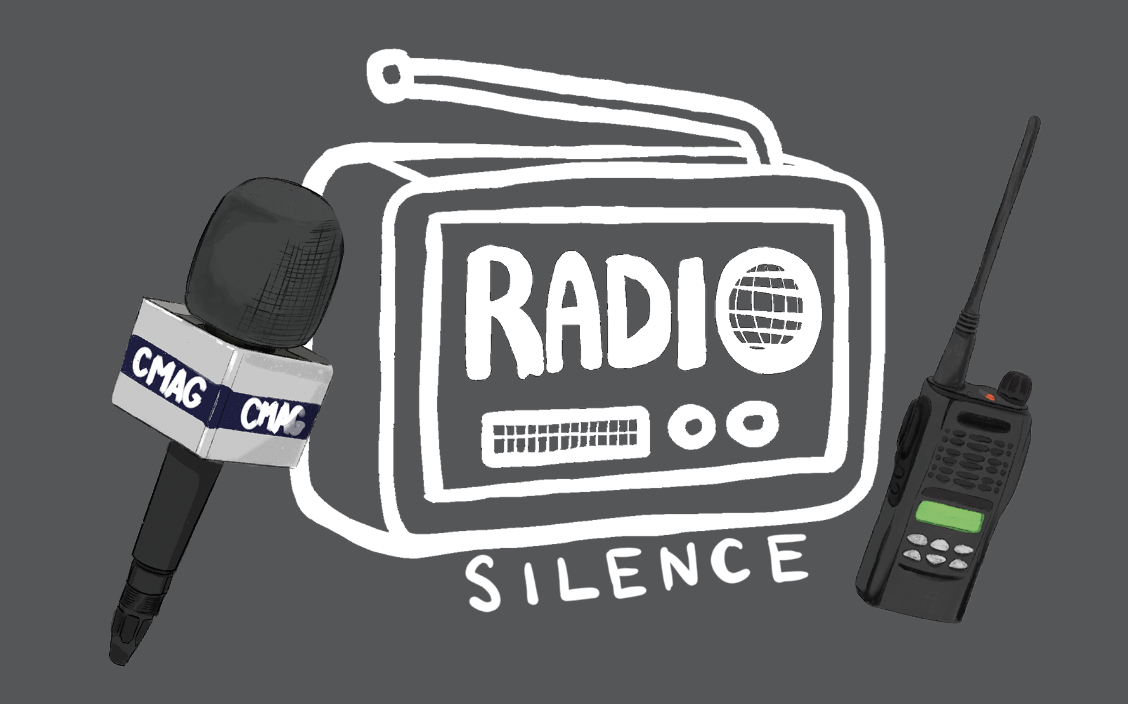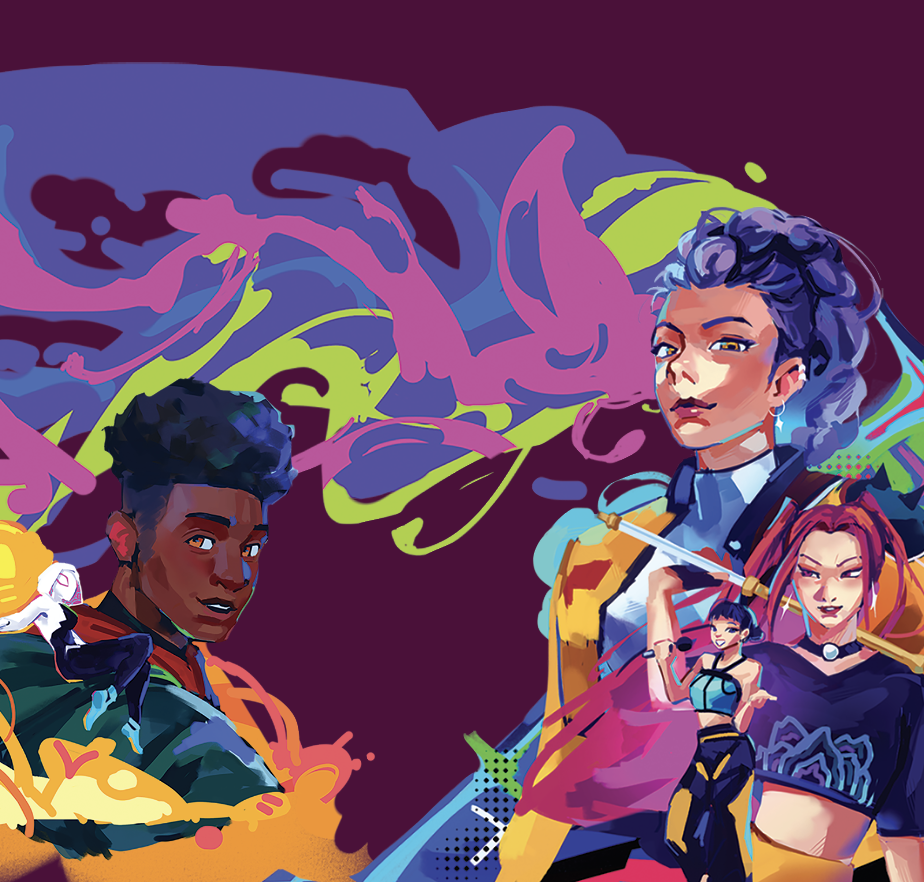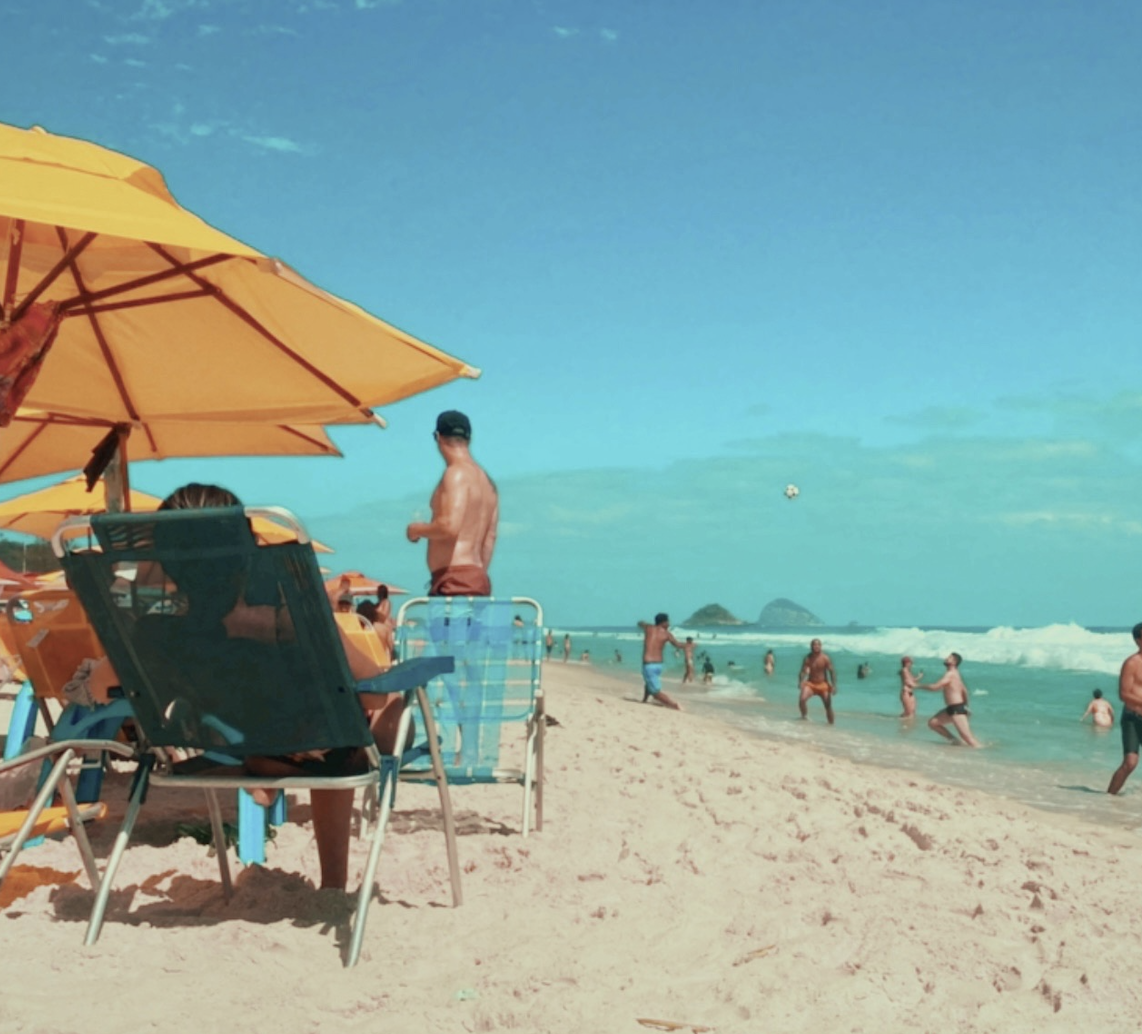Sipping Boba Guys, shopping for fish at Whole Foods, or ordering a meal at the Stanford dining hall may all seem harmless, but they all involve the consumption of microscopic pieces of plastic. Recent reports by PlasticList, a team of environmental advocates and experts, revealed dangerous levels of microplastics in food from local places in the Bay Area. While their prevalence is only becoming better understood, microplastics’ impacts on our health and planet are just starting to be uncovered.
Today, microplastics can be found everywhere: in our food, oceans and forests, animals and even our bodies and cells. Palo Alto High School’s marine biology teacher, Margaret Deng, highlights this.
“Turtles, fish, anything that you can catch — they [researchers] have done studies on them and asked how many of them have plastic in their stomachs [and] basically all of them do,” Deng said. “Even marine birds such as seagulls will eat plastics and things like that. Plastics are everywhere.”
Although research on microplastics is still new, scientists are beginning to predict and hypothesize on possible health impacts, such as endocrine disruption, inflammation and inducing chronic illnesses. However, the long-term impacts of ingesting microplastics are still largely unknown.
“We are full of microplastics,” Deng said. “What effect does that have? Who knows? We have longitudinal studies happening right now, but what are the results? We don’t know yet.”
While the size of the plastic is a concern for human health, other factors, including chemical composition and longevity, cause greater harm to our ecosystems and food chains. Paly Ocean Awareness Club Co-President and sophomore, Caroline Lee, emphasizes the lasting impact microplastics have on ocean life.
“The problem [with microplastics] isn’t the size, it’s the fact that they take hundreds to thousands of years to decompose, and until then, they’re just floating around in our ocean, which is harming marine animals that consume them,” Lee said.
Marine animals’ health is not the only one at risk here and the consequences of microplastics extend beyond. According to Gunn High School AP environmental science teacher Navneet Schworetzky, microplastics are not only extremely persistent in our ecosystems, they also absorb and carry harmful chemicals.
“One problem with plastics in general is that they can act as little sponges for harmful substances and chemicals such as metals, pesticides [and] medicine that have made their way into waterways as runoff or via wastewater treatment systems,” Schworetezky said. “Plastics are also made of a large number of chemical compounds that can leach into the environment or, in the case of something like a plastic bottle, into the container and whatever it is holding.”
For Bay Area residents, their impact is becoming increasingly tangible. According to the Dec. 2024 PlasticList report, Boba Guys was found to have some of the highest levels of microplastics in their products out of more than 300 food products in the Bay Area. Since then, the company has taken measures to reduce its plastic use and has switched to Bisphenol A (BPA) free receipt paper and BPA-free packaging for its brown sugar.
For some students, learning about the prevalence of microplastics in the area and our planet has led them to reevaluate when and how they interact with plastic in their daily routines.
“I feel like it’s hard to avoid places like Boba Guys,” Lee said. “But if people were more aware, they could make more conscious choices or maybe those businesses could reduce their plastic use too.”
Others, like sophomore Richard Zhang, expressed concern for how widespread and personal the issue is, especially in establishments typically regarded as healthy options.
“Hearing about dangerous levels of microplastics being found in places like Boba Guys or Whole Foods surprises me because they both seem to be high-end local businesses,” Zhang said. “If they have microplastics, it makes me wonder whether or not other businesses also do.”
While the issue of microplastics harming us, animals and the environment is very much prevalent, some laws have been enacted in recent years to help mitigate this issue.
“The state of California banned microbeads from personal care products in 2015, so that was a good start,” Loomis said. “We have federal and state waste management laws that require proper disposal of plastic waste, so it is important to hold up and enforce those laws.”
As students and community members begin to recognize the impacts of microplastics, awareness is the first step on the path to change. Other Ocean Awareness Club Co-President, Courtney Taylor, shares this mindset.
“Everyone is affected by this,” Taylor said. “If people just knew more, maybe they’d reduce the plastics they use.”
Lee and Taylor, however, are going beyond awareness and taking tangible action to reduce others’ impact.
“We [Paly’s Ocean Awareness Club] are setting up eco-friendly trash cans near the Baylands so fishermen can dispose of their lines instead of throwing them in the water,” Lee said.
Students are also thinking about how their individual choices and commitments can reduce plastic use in daily life.
“Something I could improve on in my daily life is my usage of plastic water bottles,” Zhang said. “Instead of going through a few bottles a week, I could bring a reusable water bottle to school, and I think my friends would also be willing to.”
Others can help create a brighter future for our planet by small and simple lifestyle changes, such as replacing harmful one-use or low-quality materials, including plastics, with more sustainable materials.
“Instead of buying a fleece jacket made of polyester, try buying a wool one,” Schworetezky said. “Instead of using a plastic water bottle, switch to a metal one. Try to avoid heating and eating food that is wrapped in plastic.”
As microplastics continue to infiltrate our bodies, ecosystems and food sources, reducing plastic consumption and increasing awareness are becoming increasingly urgent. Students, teachers and policymakers must all collaborate in pushing for change in our society.
“There’s so much to worry about these days that plastic pollution has slipped down the list,” Deng said, “But that doesn’t mean it matters any less.”










